From forest development and improving forest productivity and quality ...
Currently, the national forest coverage rate is 42.03%. Accordingly, the annual regeneration promotion area is on average 139 thousand hectares/year, of which transitional regeneration accounts for 80%. Regarding the concentrated forest planting area, it is estimated that the implementation period of 2021-2025 will reach 258,000 hectares/year. Of which, special-use and protective forest planting is 8 thousand hectares/year, production forest planting is 250 thousand hectares/year.

In addition, up to now, the plantation of large timber forests has produced about 508 thousand hectares. The total area of large timber forests, intensive cultivation in the country is 1,238.5 thousand hectares. Of which, special-use forests are 95.2 thousand hectares, protective forests are 635.2 thousand hectares, and production forests are 508 thousand hectares. The area of planted forests being cared for: averagely reaches 585 thousand hectares/year.
Along with that, the forestry sector also effectively implemented the Project to plant one billion trees in the period of 2021-2025 in Decision No. 524/QD-TTg dated April 1, 2021 of the Prime Minister .
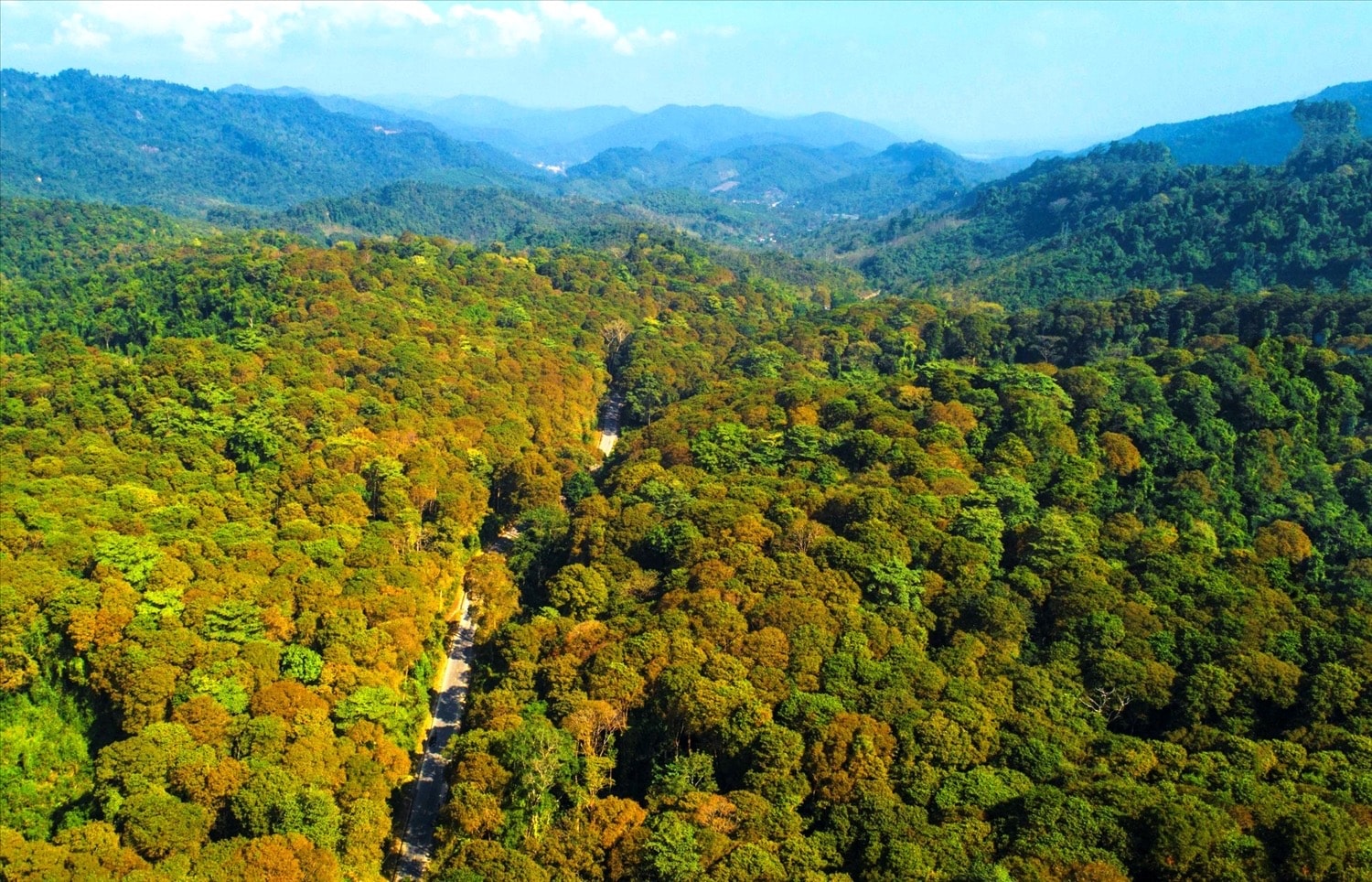
Along with the development of increasing the national forest coverage rate, the productivity and quality of planted forests are also increasingly improved, the average forest productivity is about 18 m3/ha/year, reaching 90% of the plan. In the provinces of the North Central and South Central Coast, the productivity reaches 22 m3/ha/year. Many localities apply intensive farming methods and good terrain, the productivity reaches 35-40 m3/ha/year such as Song Hieu Forestry Company, Quy Nhon Forestry Company.
BOX: By the end of 2025, the total number of forest owners who are organizations that have developed and approved sustainable forest management plans nationwide will reach about 62% in terms of number of forest owners and 71% in terms of area (5.4/7.6 million hectares). By the end of September 2025, the total forest area with sustainable forest management certification is estimated to reach 682,500 hectares, equal to 136% of the Program's target and the target of the Vietnam Forestry Development Strategy and more than double the total forest area with forest certification in the 2016-2020 period.
The forestry sector has also strengthened the management of varieties and quality of varieties, thanks to which the area of planted forests with controlled and certified origin of seedlings has reached over 85%; every year, localities have prepared over 1 billion seedlings/year to serve forest planting. Currently, 70 varieties of trees are planted to supply production: 6 varieties of Melaleuca for essential oil, 15 hybrid Eucalyptus varieties, 22 hybrid Acacia varieties, 8 varieties of Acacia auriculiformis, 4 varieties of Acacia auriculiformis, 5 varieties of Chieu Lieu, 5 varieties of Thanh That and 5 varieties of Macadamia have been recognized.
Making the wood processing industry a key export industry
To develop planted forests for production, associated with the efficiency of the wood processing industry, the country currently has over 16,000 household-scale wood and forest product processing establishments, 300 traditional woodworking craft villages and 6,234 wood and forest product processing and trading enterprises. Of which, domestic enterprises account for 82.8%, foreign-invested enterprises - FDI account for 13.2%, private enterprises account for 95%, wood product manufacturing enterprises account for 79.1%, non-timber forest product processing accounts for 7.4%, artificial board production accounts for 9.3%, wood chips account for 3%, pallets account for 0.9% and wood pellets account for 0.4%.
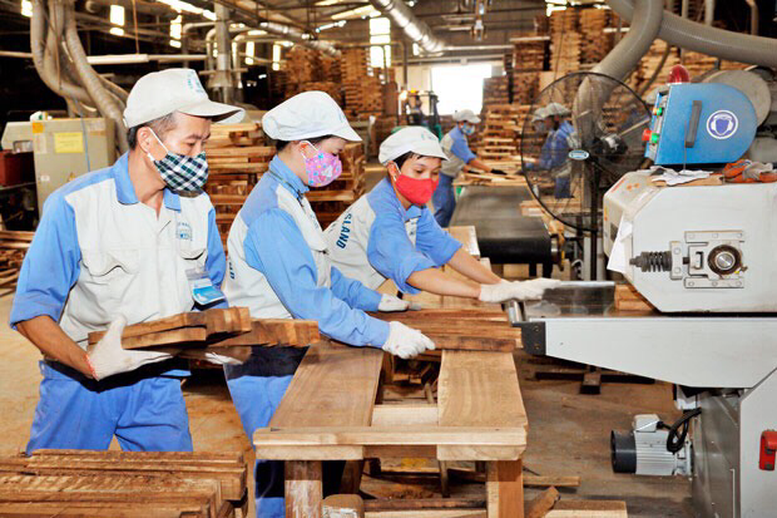
BOX: The Forestry sector continues to effectively implement the policy of stopping the exploitation of timber from natural forests nationwide according to Directive No. 13-CT/TW dated January 12, 2017 of the Secretariat. The output of timber exploited from concentrated plantations in the 2021-2024 period will reach an average of over 20.9 million m3/year; the estimated implementation in the 2021-2025 period will reach 21.6 million m3/year. The output of timber exploited from plantations in the 2021-2025 period will be about 1.3-1.4 times higher than the 2016-2020 period. Exploitation from scattered trees and replanted rubber trees: the output of exploited timber will reach about 8-10 million m3/year.
Currently, the wood processing industry has become a key export industry in the agricultural, forestry and fishery sector, making an important contribution to the socio -economic development of Vietnam. Specifically, to date, Vietnam has exported forestry products to nearly 170 countries and territories, of which the five main markets are the United States, China, South Korea, Japan and the EU, reaching nearly 15.2 billion USD, accounting for over 87% of total export turnover.
Along with that, in the agricultural, forestry and fishery sector, the implementation of programs to develop high-value non-timber forest products such as the Vietnam Ginseng Development Program to 2030, with a vision to 2045 according to Decision No. 611/Q-TTg dated June 1, 2023 of the Prime Minister; developing medicinal herbs under the forest canopy according to Decree No. 183/2025/ND-CP,... Specifically, the area of non-timber forest products reached about 880 thousand hectares, including the area of specialty trees such as cinnamon, star anise, hawthorn,... and bamboo. Currently, the continued development of the area of non-timber forest products and medicinal herbs under the forest canopy such as ginseng, cardamom, amomum,... is still being promoted.
Thanks to the effective, reasonable and sustainable exploitation of forest products from natural forests according to forest management regulations. In particular, households and communities that are assigned forests and contracted to protect forests are allowed to exploit and collect non-timber forest products from the forest, which has contributed to increasing income and improving livelihoods; diversifying valuable forest exploitation and collection products such as resin, tragacanth gum, etc., exploiting seeds and fruits such as tamarind, tung, so, etc., or exploiting fibers and leaves such as rattan, dong leaves, conical leaves, etc., and other products from bark collected from the forest such as honey, wild mushrooms, bamboo shoots, orchids, medicinal herbs from the forest, etc. have brought high economic efficiency.
Source: https://daibieunhandan.vn/phat-trien-lam-nghiep-ben-vung-phat-trien-rung-gan-lien-voi-hieu-qua-cong-nghiep-che-bien-go-10393789.html




![[Photo] Da Nang: Water gradually recedes, local authorities take advantage of the cleanup](https://vphoto.vietnam.vn/thumb/1200x675/vietnam/resource/IMAGE/2025/10/31/1761897188943_ndo_tr_2-jpg.webp)

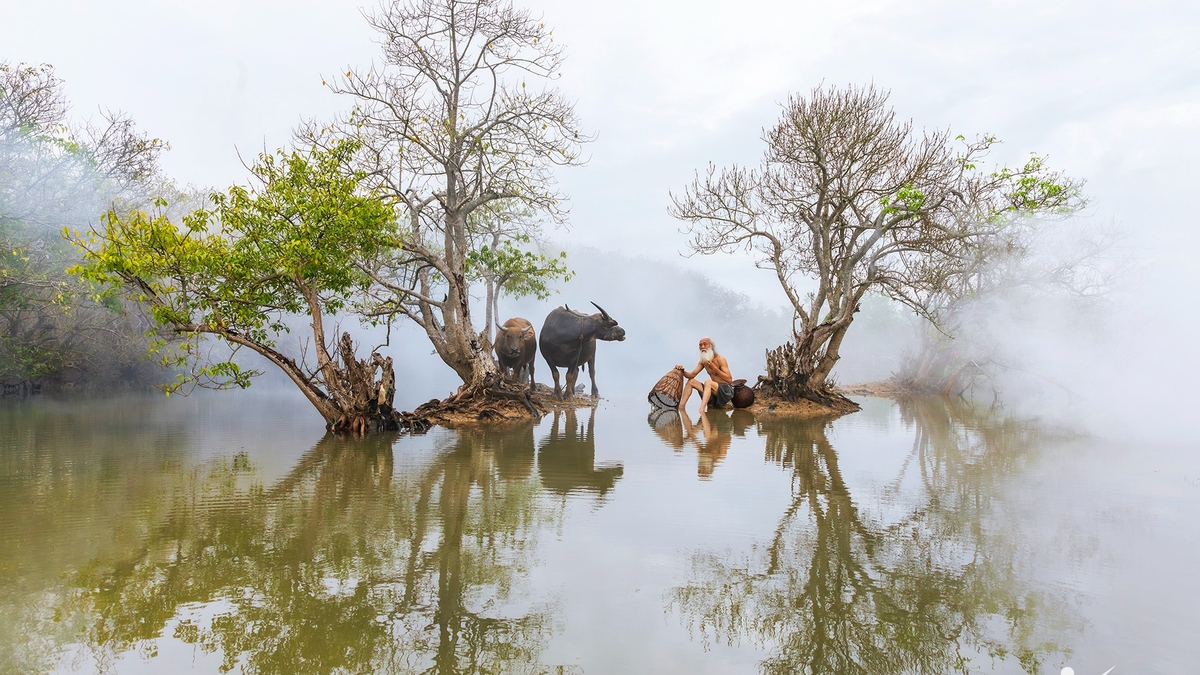

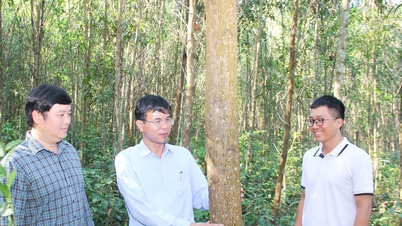

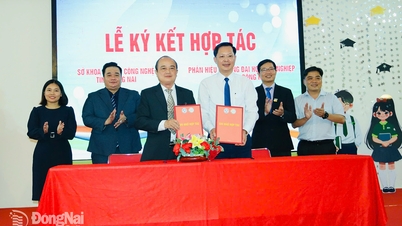


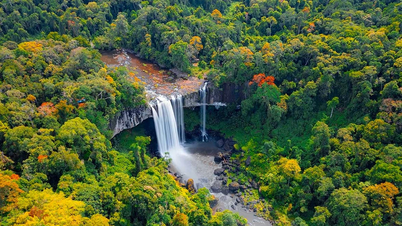

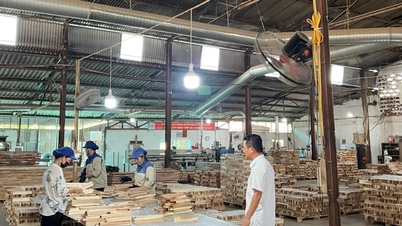



















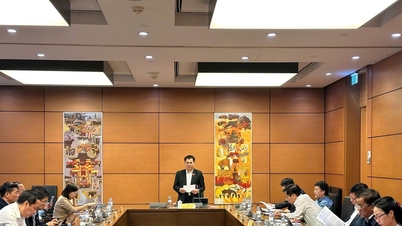












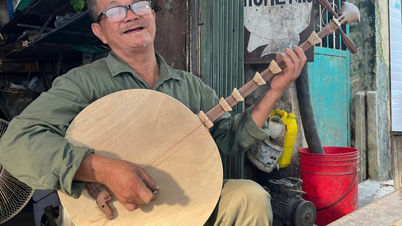














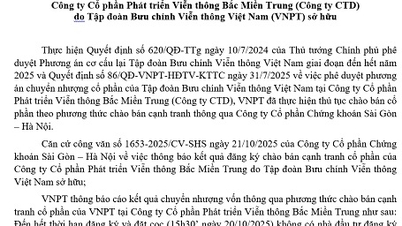
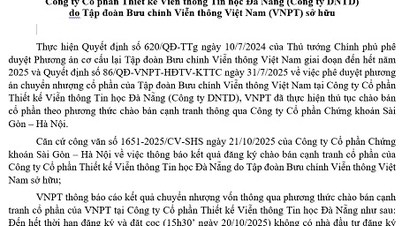
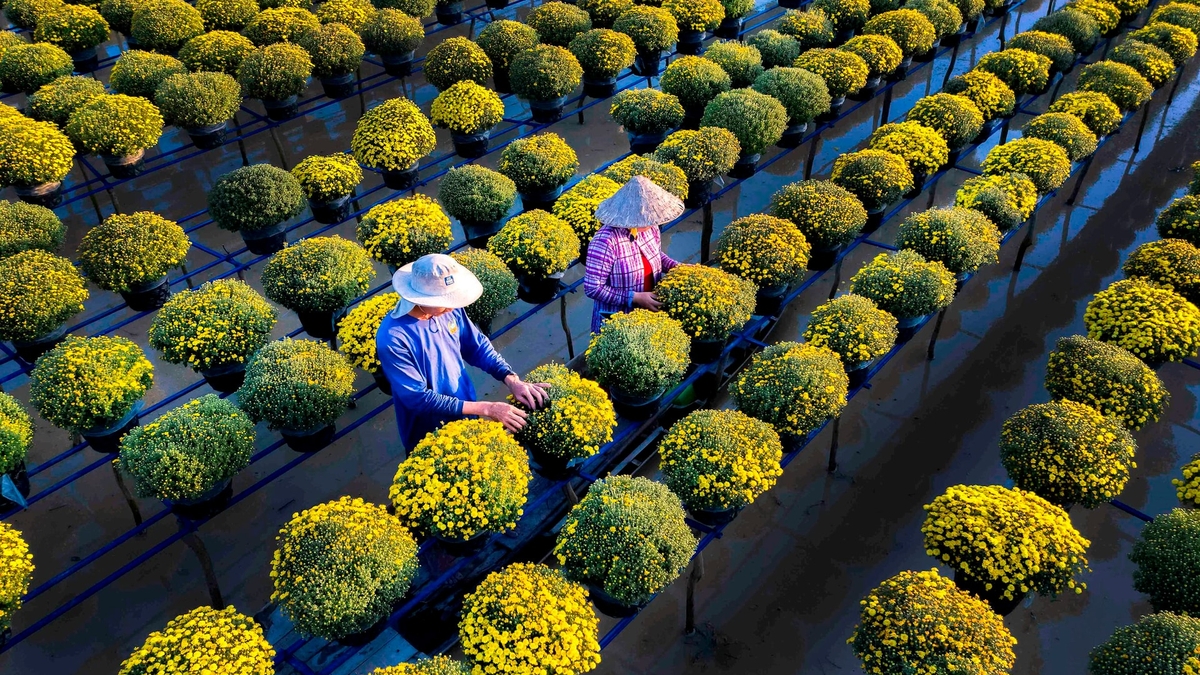










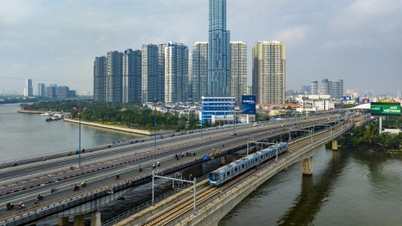


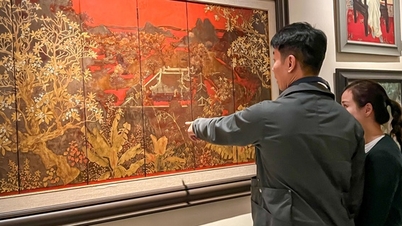











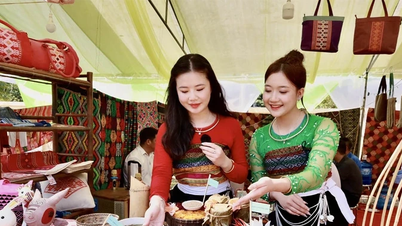



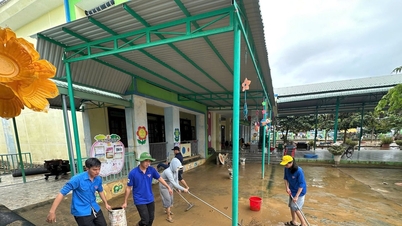















Comment (0)